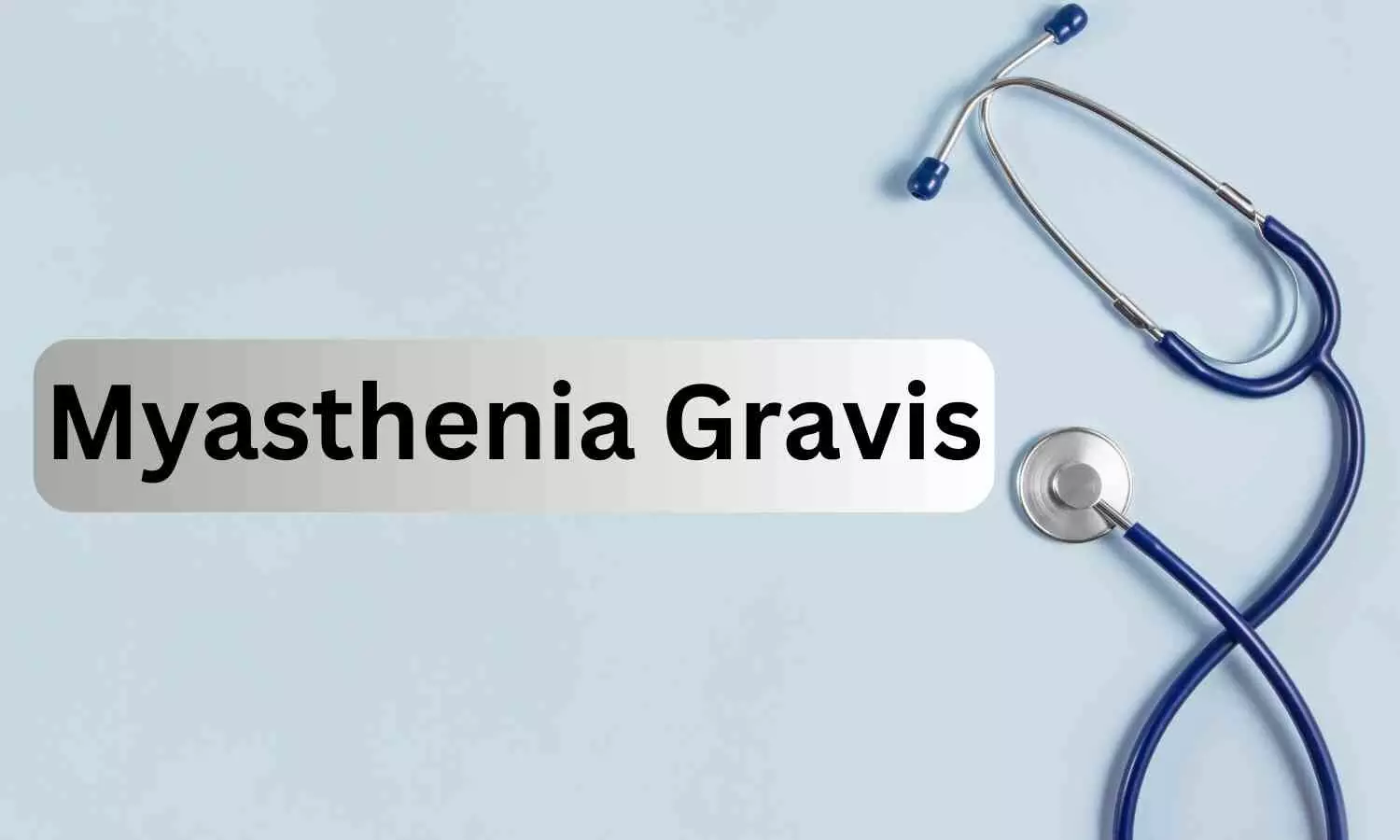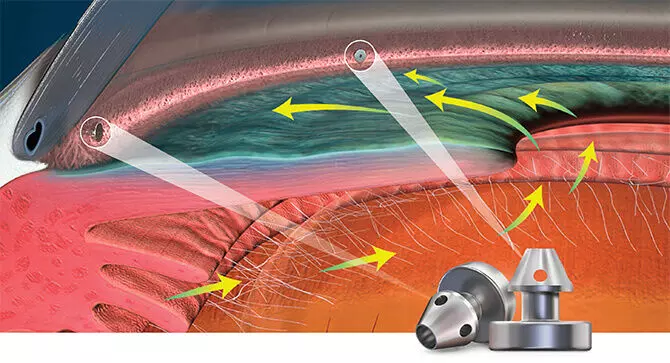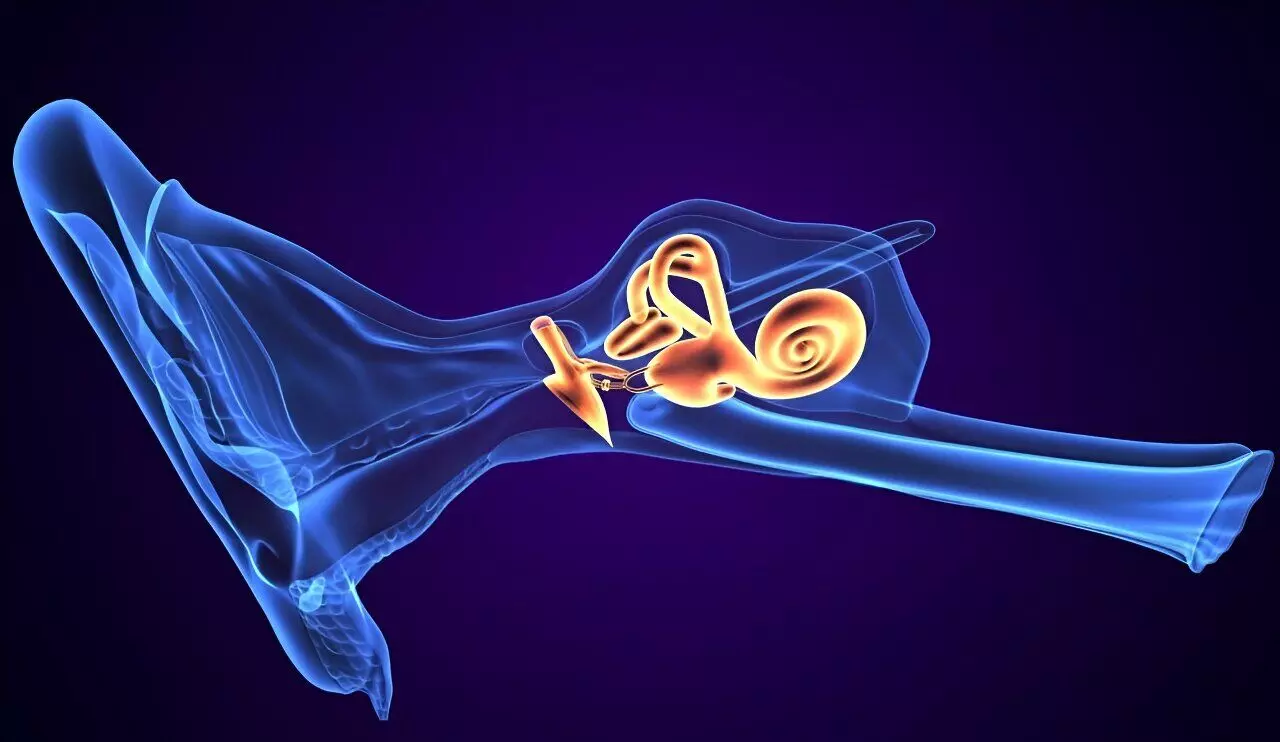Zerlasiran shows beneficial outcomes for cardiovascular disease reveals phase 2 study

Researchers have announced a promising 36-week topline data from its phase 2 ALPACAR-360 study which evaluating the efficacy of zerlasiran in patients at high risk of atherosclerotic cardiovascular disease (ASCVD). Zerlasiran, Silence’s pioneering siRNA (short interfering RNA) therapy targets the reduction of lipoprotein(a) or Lp(a) as a critical genetic risk factor for cardiovascular diseases that affect a significant portion of the global population.
This comprehensive study included a total of 178 subjects with increased levels of lipoprotein(a), or Lp(a), a genetic factor known to contribute to cardiovascular disease in up to 20% of the global population. This double-blind, placebo-controlled phase 2 trial administered zerlasiran at doses of 300 mg every 16 or 24 weeks and 450 mg every 24 weeks to participants, who had a median baseline Lp(a) of approximately 215 nmol/L. Also, the study reported a median reduction in Lp(a) levels of 90% or greater at the 36-week mark when compared to the placebo group, with no new safety concerns emerging.
The ongoing 60-week study will further assess secondary endpoints of changes in Lp(a) levels from baseline to 48 and 60 weeks, along with potential impacts on other lipid profiles. These findings bolster the potential of zerlasiran as a transformative treatment for patients with high Lp(a) by addressing a significant unmet need in cardiovascular disease management.
The Head of Research and Development at Silence, Dr. Steven Romano, expressed enthusiasm about the phase 2 results marking their consistency with phase 1 outcomes and the competitive profile of zerlasiran for treating high Lp(a) levels. The company anticipates the release of further data from the ALPACAR-360 study in the coming months with the hopes to advance zerlasiran towards regulatory approval and commercial availability.
Silence Therapeutics stands at the forefront of RNA interference (RNAi) technolog and is constantly developing a new class of precision medicines aimed to silence genes implicated in various diseases. Its proprietary mRNAi GOLD™ platform facilitates the creation of siRNAs targeting disease-associated genes in the liver that offer a broad therapeutic potential. Along with zerlasiran, the pipeline includes divesiran for hematological conditions and ongoing collaborations with industry leaders like AstraZeneca and Hansoh Pharma. While the future of zerlasiran looks promising, Silence Therapeutics cautions the investors and stakeholders about forward-looking statements by illuminating the inherent risks and uncertainties in drug development and approval processes.
Source:
(N.d.-a). Silence-therapeutics.com. Retrieved March 22, 2024, from https://silence-therapeutics.com/investors/press-releases/press-releases-details/2024/Silence-Therapeutics-Announces-Positive-Topline-36-Week-Data-from-Ongoing-Phase-2-Study-of-Zerlasiran-in-Patients-with-High-Lipoproteina/default.aspx
Powered by WPeMatico









